In the world of distilled spirits, few topics spark as much confusion and fascination as the relationship between bourbon and whiskey. Many people believe that bourbon and whiskey are entirely distinct categories, but the truth is far more nuanced. Bourbon is, in fact, a specific style of whiskey with its own unique set of production standards and legal requirements. Understanding the differences and similarities between these two beloved spirits can enhance your appreciation and knowledge, whether you're a casual drinker or a connoisseur. Let's dive into the details and uncover the truth behind the bourbon and whiskey debate.
The Basics: What is Whiskey?
Whiskey is a broad category of distilled spirits made from fermented cereal grains and aged in barrels. The term "whiskey" can refer to a wide range of spirits, each with its own unique characteristics and production methods. According to John Campbell, chief operating officer and master distiller of Sespe Creek Distillery, "It is estimated that there are tens of thousands of different types of whiskey all around the world, and even multiple categories within a nation." In the United States alone, there are at least seven to nine different whiskey categories, each with hundreds of variations.
Key Factors in Whiskey Production
Several factors contribute to the unique characteristics of each type of whiskey:
What Makes Bourbon Unique?
Bourbon is a specific type of whiskey with a set of strict production standards defined by U.S. law. These standards ensure that bourbon maintains its unique characteristics and quality. Here are the key requirements for a spirit to be labeled as bourbon:
Production Location
Bourbon must be made in the United States. While whiskey can be produced anywhere in the world, bourbon is uniquely American. Contrary to popular belief, bourbon can be made anywhere in the U.S., not just in Kentucky. However, Kentucky is famous for its bourbon production due to its favorable climate, limestone-filtered water, and long history of distilling.
Grain Requirements
Bourbon must be made from a mash bill of at least 51% corn. The remaining grains typically include rye, malted barley, and sometimes wheat. This specific grain recipe, known as the mash bill, is one way distillers can customize the flavor profile of their bourbon.
Distillation and Proof
Bourbon must be distilled no higher than 80% ABV (alcohol by volume), must enter the barrel at a maximum of 60% ABV, and bottled at no less than 40% ABV (80 proof). These legal restrictions ensure that bourbon maintains a certain level of flavor intensity and quality.
Aging Requirements
Bourbon must be aged in brand-new, charred-oak barrels. This is one of the most unique aspects of bourbon production. The new, charred-oak barrels impart a distinct flavor profile, including notes of vanilla, caramel, and oak. Unlike other types of whiskey, bourbon barrels can only be used once for aging bourbon. Afterward, they are often sold to other regions where they are used to age other spirits like Scotch, Irish whiskey, tequila, and rum.
Labeling Laws
There isn't a minimum amount of time that bourbon needs to mature in a barrel. However, there are specific labeling laws that apply when a producer wants to advertise a bourbon's age. If a bourbon has an age statement on its label, the age listed can only be as old as the youngest whiskey blended into that bottle. For example, if a bourbon is blended from barrels aged anywhere from eight to 10 years, the producer must label it as eight years old. If a bourbon has been matured for less than four years, the distiller is required to disclose the aging period. Bourbon aged longer than four years does not require an age statement, though to be labeled as "straight bourbon whiskey," it needs to have been aged a minimum of two years.
No Artificial Additives
Bourbon producers are not allowed to add any artificial coloring or flavors. The color and flavor of bourbon should come naturally through the process of mashing, fermenting, distilling, and aging. This contrasts with other types of whiskey, such as Scotch, which is allowed to use caramel coloring to maintain consistency across batches.
The Flavor Profile of Bourbon
The unique production standards of bourbon result in a distinct flavor profile. Bourbon is often characterized by its sweet, rich flavors, with notes of vanilla, caramel, and oak. The use of new, charred-oak barrels imparts these flavors during the aging process. Additionally, the high percentage of corn in the mash bill contributes to the sweetness and smoothness of bourbon. Depending on the specific mash bill and production methods, bourbon can also have hints of spice, fruit, and even floral notes.
The Global Whiskey Scene
While bourbon is a specific type of whiskey, the world of whiskey is vast and diverse. Whiskey can be produced anywhere in the world, and each region has its own unique styles and traditions. Here are a few notable types of whiskey:
Scotch Whisky
Scotch whisky is produced in Scotland and is known for its smoky, peaty flavors. Scotch must be aged for a minimum of three years in oak barrels. Producers often use barrels that once held different types of wine to introduce unique flavors. Unlike bourbon, Scotch is allowed to use caramel coloring to maintain consistency across batches.
Irish Whiskey
Irish whiskey is known for its smooth, light flavor profile. It is typically triple-distilled, which gives it a lighter and smoother taste compared to other types of whiskey. Irish whiskey can be aged in a variety of barrels, including those that once held sherry, bourbon, or wine, which can influence the final flavor.
Japanese Whisky
Japanese whisky is highly regarded for its quality and craftsmanship. It is influenced by both Scotch whisky and American bourbon, resulting in a diverse range of flavors. Japanese whisky is often aged in a variety of barrels, including those made from Japanese oak, which imparts unique flavors.
Canadian Whisky
Canadian whisky is known for its light and smooth character. It is typically made from a blend of grains, including corn, rye, and barley. Canadian whisky is aged in oak barrels for a minimum of three years and is often blended to achieve a consistent flavor profile.
American Whiskey
In addition to bourbon, the United States produces a variety of other types of whiskey, including rye whiskey, Tennessee whiskey, and corn whiskey. Each type has its own unique production standards and flavor profiles. For example, rye whiskey must be made from a mash bill of at least 51% rye and is known for its spicy, robust flavor.
In the world of distilled spirits, bourbon and whiskey are closely related but distinct categories. Bourbon is a specific type of whiskey with its own unique set of production standards and legal requirements. These standards ensure that bourbon maintains its characteristic flavor profile and quality. While all bourbon is whiskey, not all whiskey is bourbon. Understanding the differences and similarities between these two beloved spirits can enhance your appreciation and knowledge, whether you're enjoying a glass of bourbon or exploring the diverse world of whiskey. So, the next time you raise a glass, take a moment to appreciate the craftsmanship and tradition behind the spirit you're savoring.

By Amanda Phillips/May 15, 2025
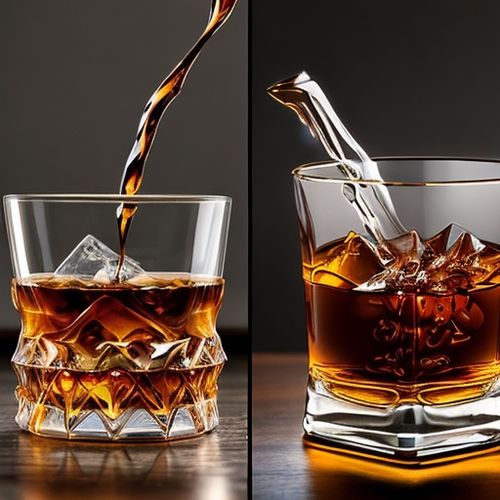
By John Smith/May 15, 2025

By Sophia Lewis/May 15, 2025
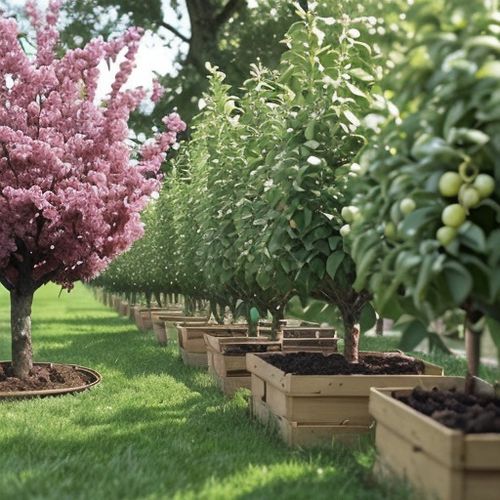
By Emma Thompson/May 15, 2025
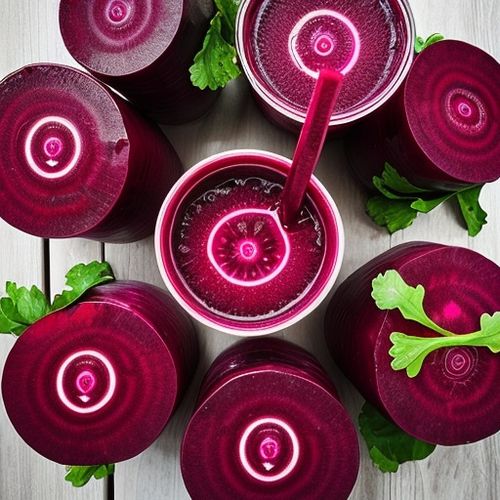
By Jessica Lee/May 15, 2025

By Megan Clark/May 15, 2025
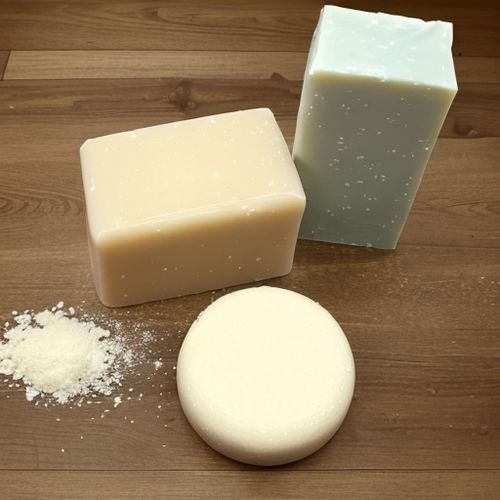
By Elizabeth Taylor/May 15, 2025

By Lily Simpson/May 15, 2025

By Michael Brown/May 15, 2025

By Amanda Phillips/May 15, 2025
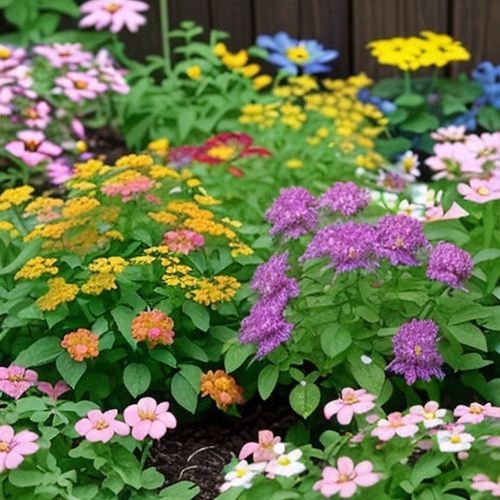
By George Bailey/May 15, 2025

By James Moore/May 15, 2025

By David Anderson/May 15, 2025
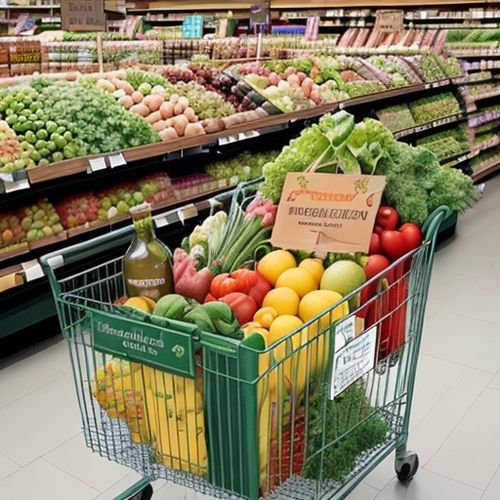
By Joshua Howard/May 15, 2025

By Emma Thompson/May 15, 2025
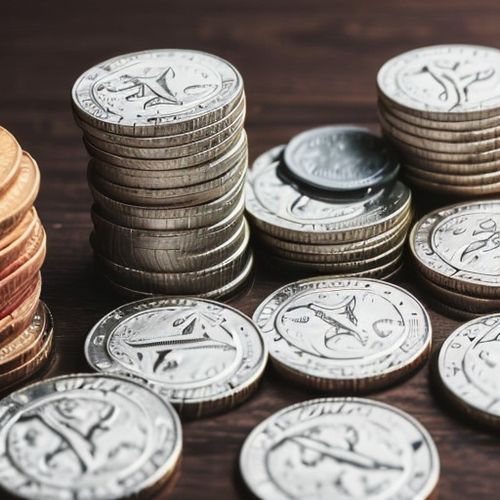
By Noah Bell/May 15, 2025

By Elizabeth Taylor/May 15, 2025
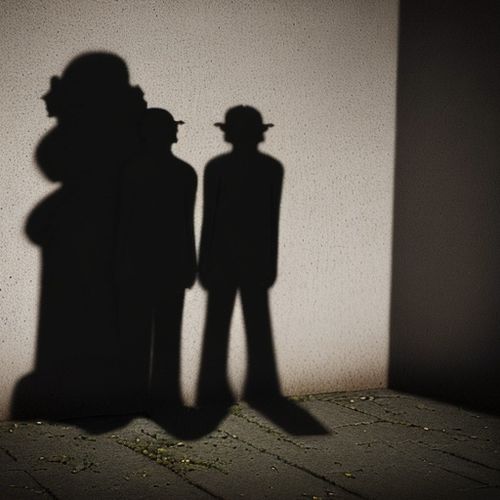
By Megan Clark/May 15, 2025

By James Moore/May 15, 2025

By Victoria Gonzalez/May 15, 2025